Puccini’s melodrama about a volatile diva, a sadistic police chief, and an idealistic artist has offended and thrilled audiences for more than a century.
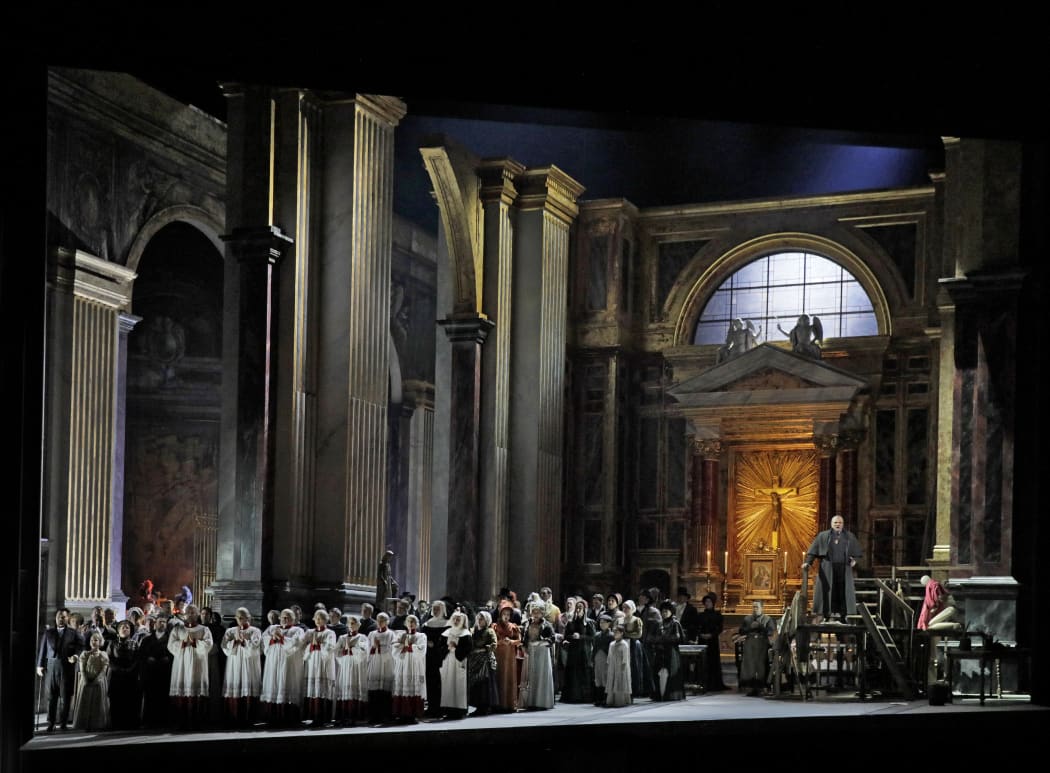
A scene from Tosca at The Met Photo: Ken Howard/Metropolitan Opera
Metropolitan Opera Season
Sunday 12 May 2019 at 6pm on RNZ Concert
PUCCINI: Tosca
Cast:
Jennifer Rowley (Tosca), Joseph Calleja (Cavaradossi), Wolfgang Koch (Scarpia), Philip Cokorinos (Sacristan), Metropolitan Opera Chorus & Orchestra conducted by Carlo Rizzi
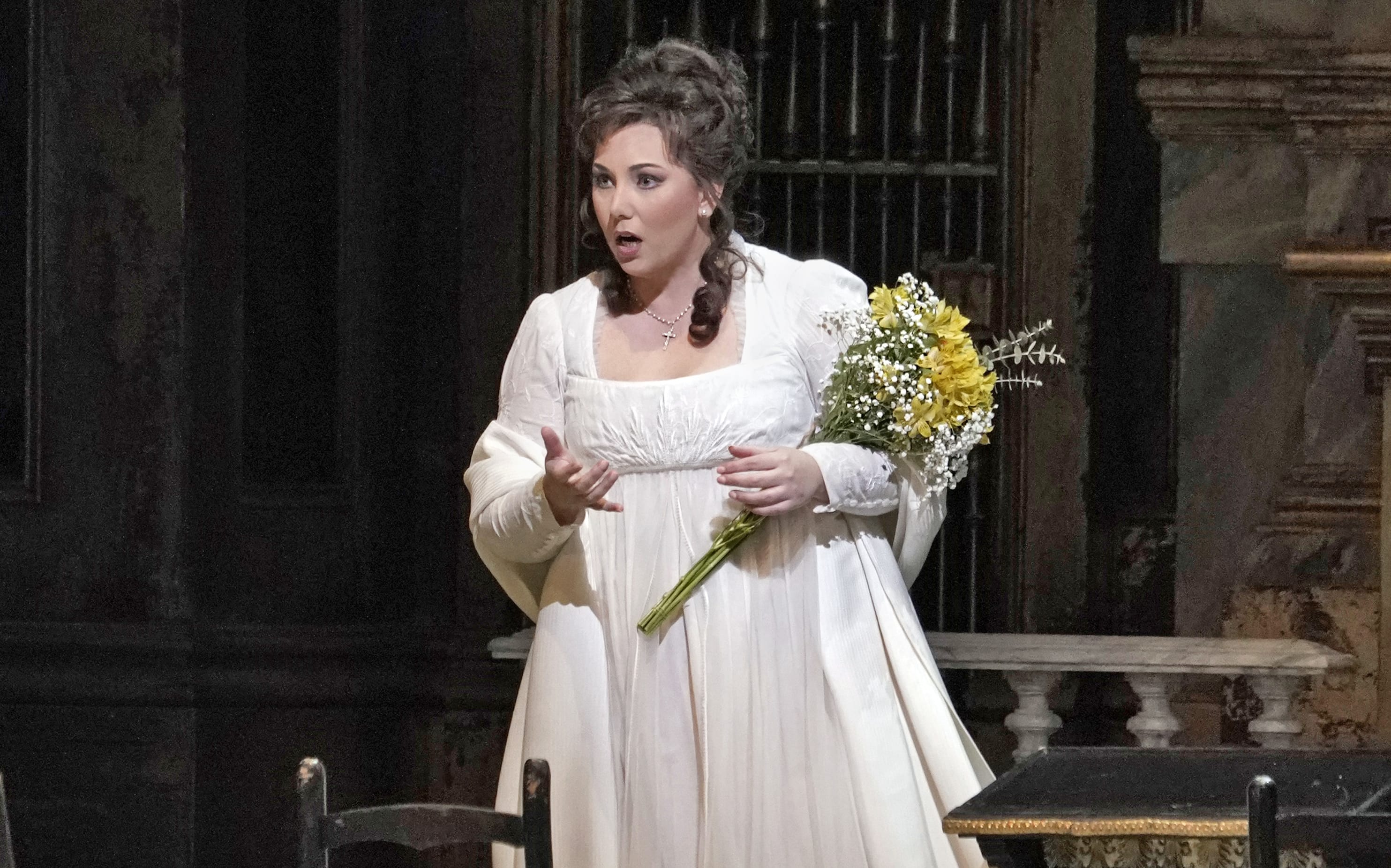
Jennifer Rowley as Tosca at The Met Photo: Ken Howard/Metropolitan Opera
No opera is more tied to its setting than Tosca, which takes place in Rome on the morning of June 17, 1800, through dawn the following day.
The specified settings for each of the three acts—the Church of Sant’Andrea della Valle, Palazzo Farnese, and Castel Sant’Angelo—are familiar monuments in the city and can still be visited today.
While the libretto takes some liberties with the facts, historical issues form a basis for the opera: the people of Rome are awaiting news of the Battle of Marengo in northern Italy, which will decide the fate of their symbolically powerful city.
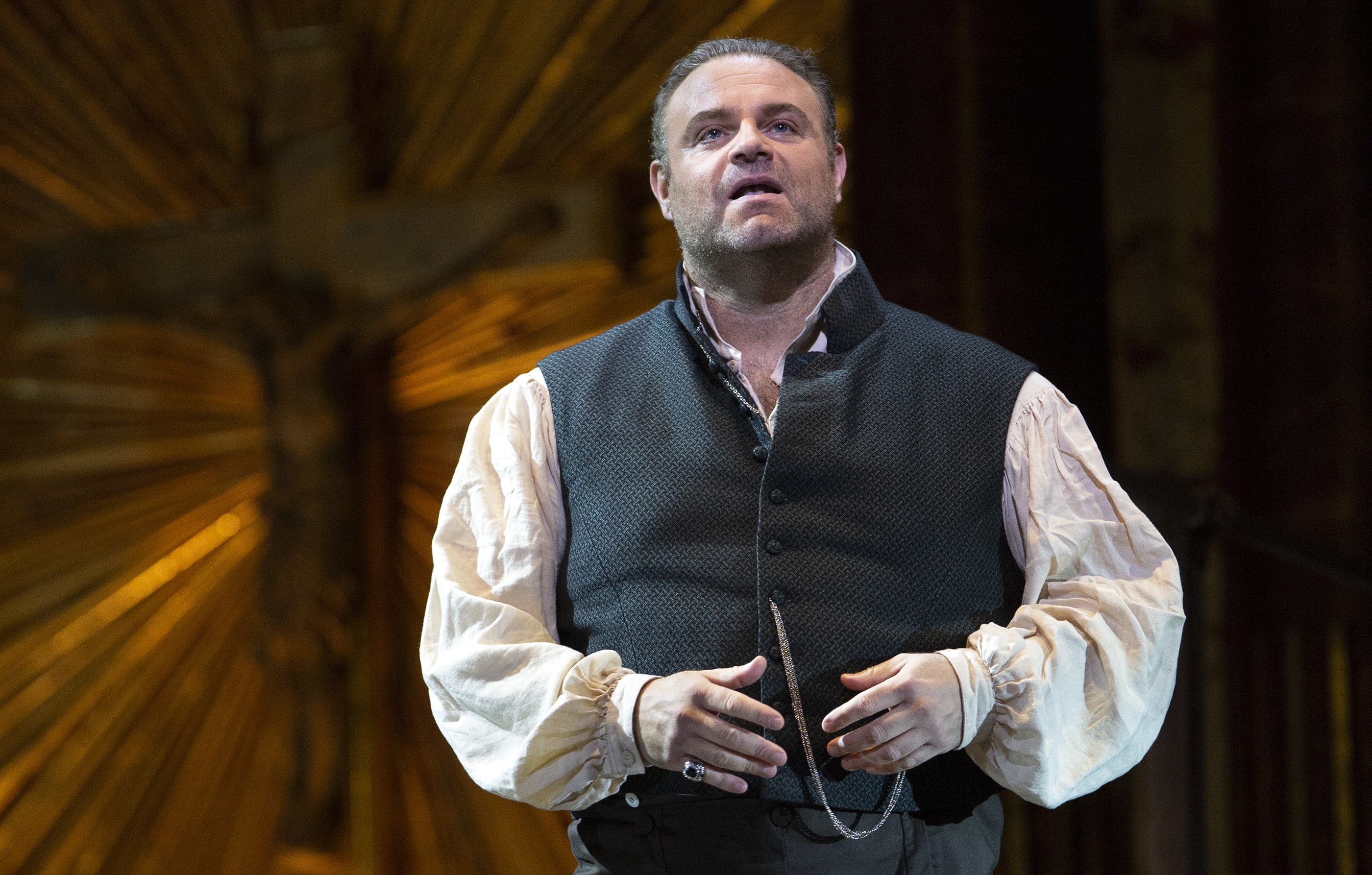
Joseph Calleja as Cavaradossi at The Met Photo: Marty Sohl/ The Metropolitan Opera
Giacomo Puccini (1858–1924) was immensely popular in his own lifetime, and his mature works remain staples in the repertory of most of the world’s opera companies. His operas are celebrated for their mastery of detail, sensitivity to everyday subjects, copious melody, and economy of expression.
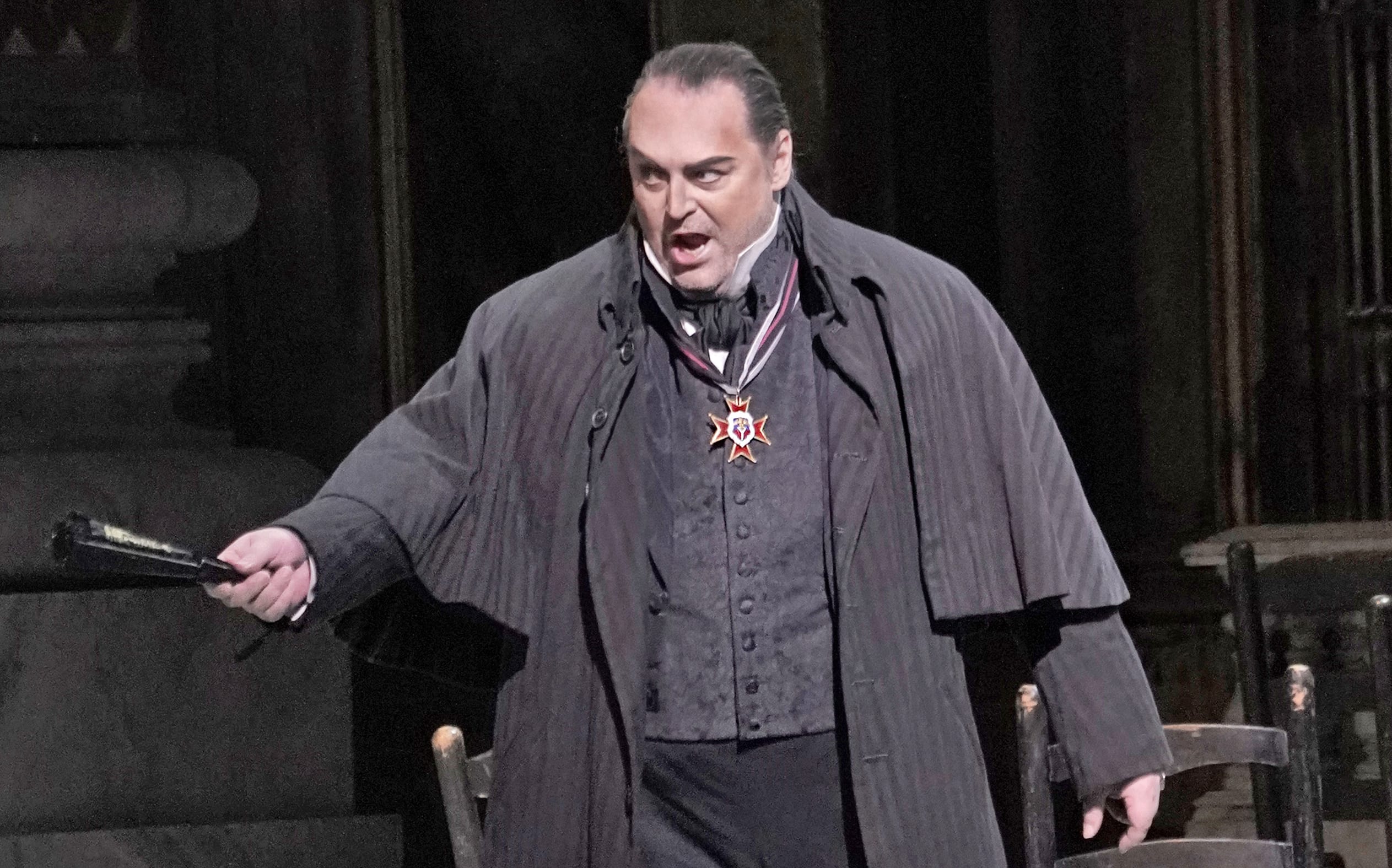
Wolfgang Koch as Scarpia at The Met Photo: Ken Howard/ MetropolitanOpera
The score of Tosca itself is considered a prime example of the style of verismo, an elusive term usually translated as 'realism'. The typical musical features of the verismo tradition are prominent in Tosca: short arias with an uninhibited flood of raw melody, ambient sounds that blur the distinctions between life and art, and the use of parlato—words spoken instead of sung—at moments of tension.
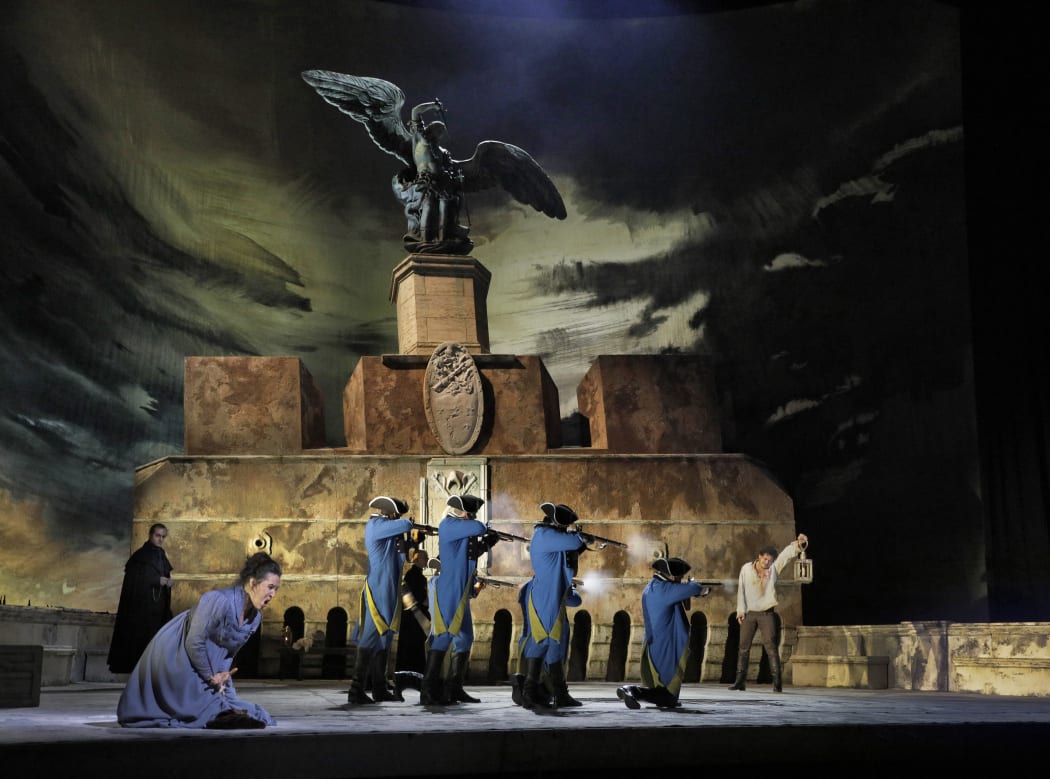
A scene from Act III of Tosca at The Met Photo: Ken Howard/ MetropolitanOpera
Critics have often had problems with Tosca’s rather grungy subject matter, the directness and intensity of its score, and the crowd-pleasing dramatic opportunities it provides for its lead roles.
But these same aspects have made Tosca one of a handful of iconic works that seem to represent opera in the public imagination.
Tosca’s popularity is further secured by a superb and exhilarating dramatic sweep, a driving score of abundant melody and theatrical shrewdness, and a career-defining title role.
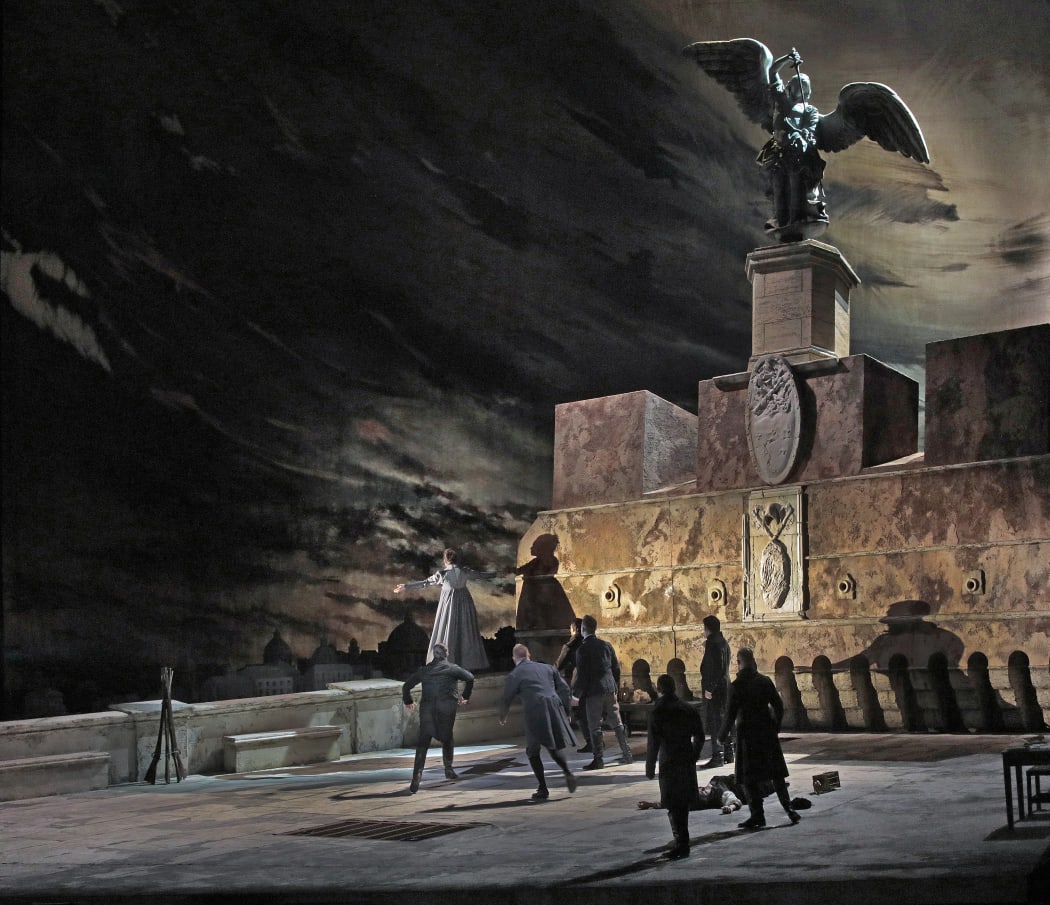
A scene from Act III of Tosca at The Met Photo: Ken Howard/ Metropolitan Opera
Tosca was premièred at the Teatro Costanzi, Rome in 1900.

